Among the 4300 devices, the silicone bowls proved to be extremely fragile when faced with the claws of actual use. This was an unexpected issue for us, as it had never occurred in the first batch of devices.
Upon further investigation and discussions with the supplier, we discovered that during the production of the 4300 units, we had switched suppliers. The original supplier had provided a quote that was too high, and there were allegations of bribery involving our R&D personnel. We opted for a new supplier, but the new material had only undergone initial scratch resistance testing, and it wasn't as durable as the previous material.
However, what we didn't anticipate was that, after two to three months of use by our users and with the added effects of material aging, the silicone bowls bore numerous scars and fractures due to being scratched by cat claws. Because I was in charge of this project at the time, I was deeply affected by it. A photo of the silicone bowl in tatters that a user sent us remained my phone's wallpaper for a long time.
In response, we diligently searched for a new supplier and established rigorous testing standards to ensure that such a mistake wouldn't be repeated.
At this point, all the core issues of AIMICAT had been resolved. Internally, we referred to this version of AIMICAT as AC1.2. We also tentatively introduced a gray version.

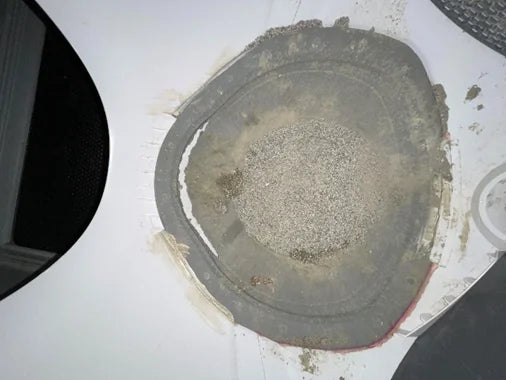
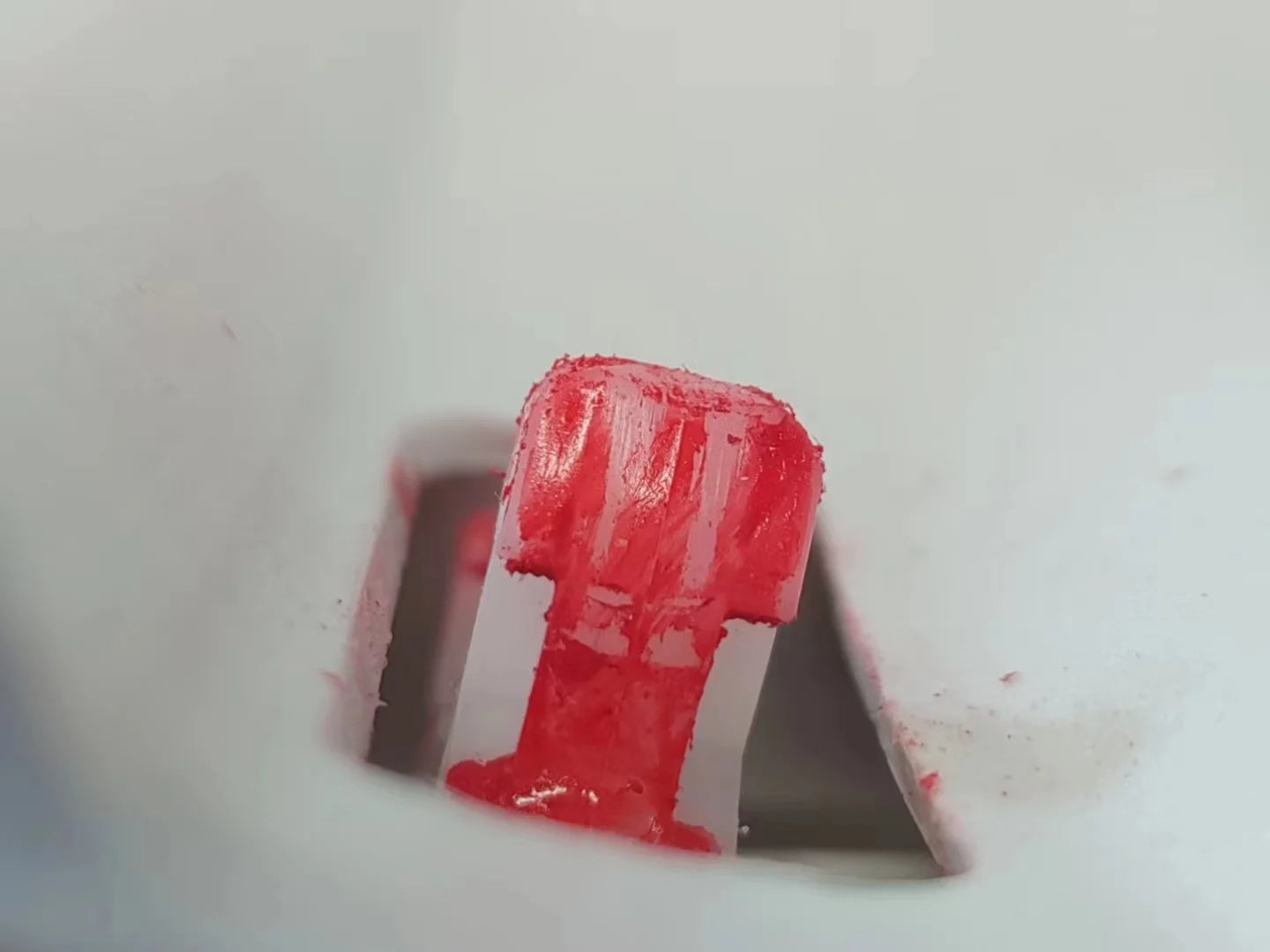
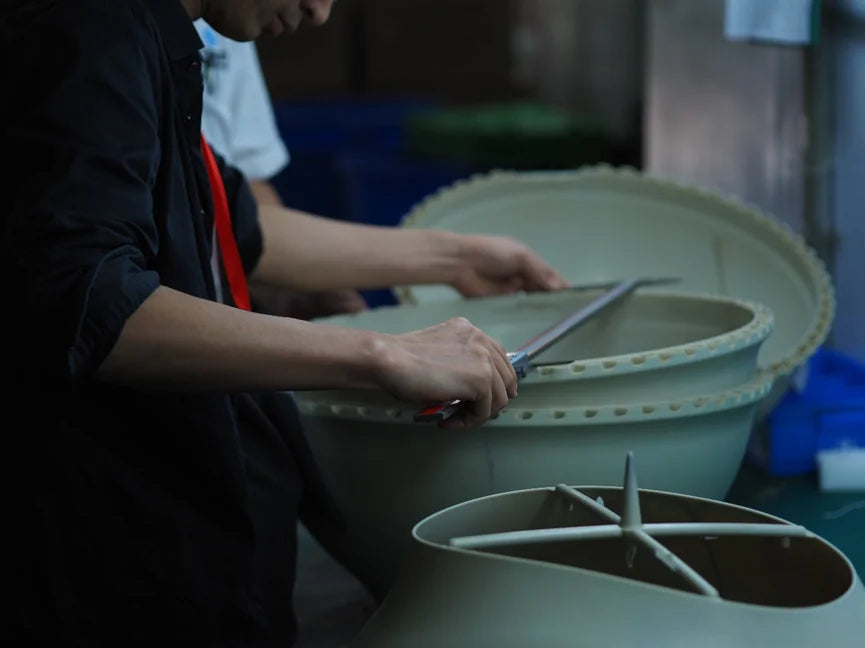
Leave a comment
All comments are moderated before being published.
This site is protected by hCaptcha and the hCaptcha Privacy Policy and Terms of Service apply.